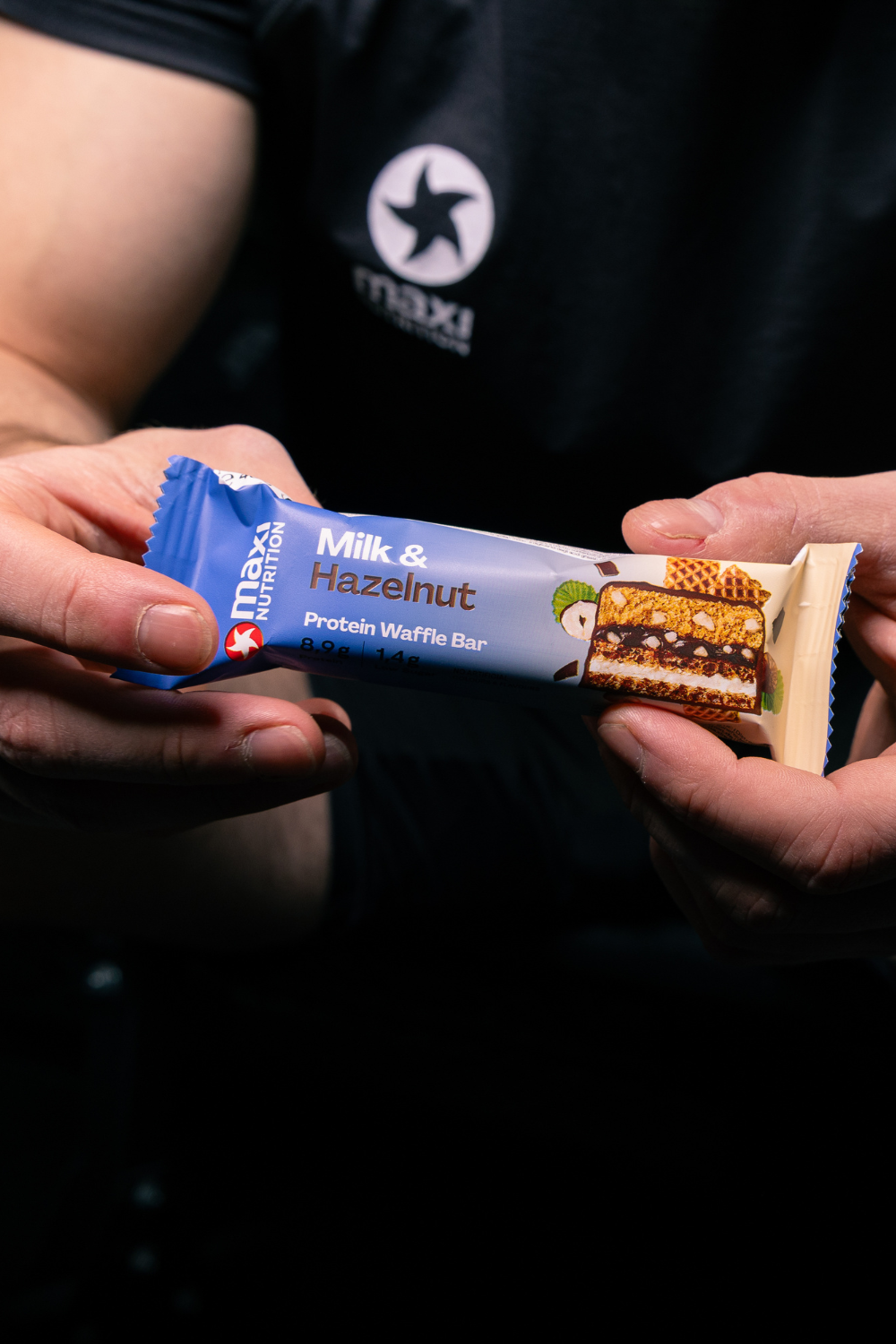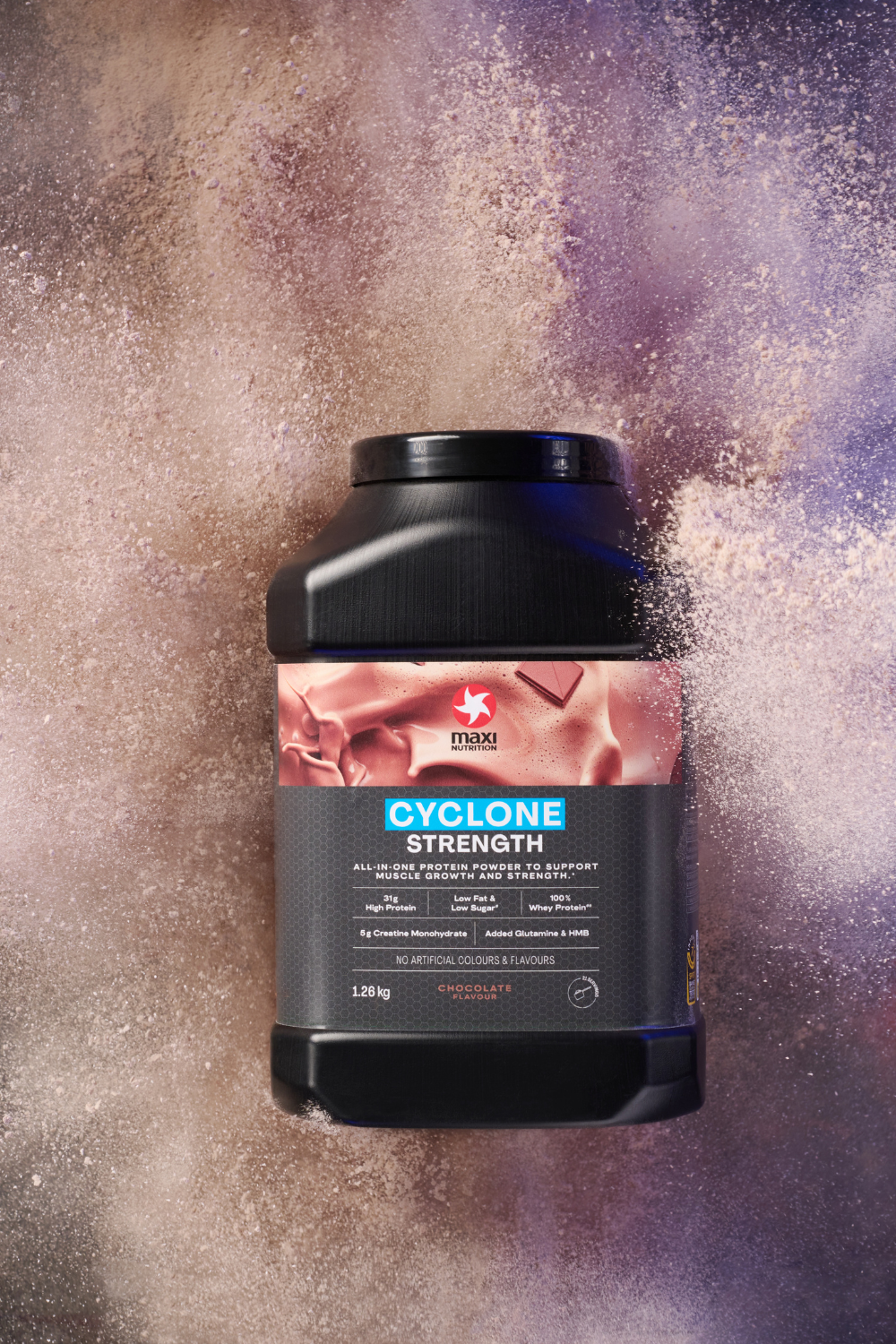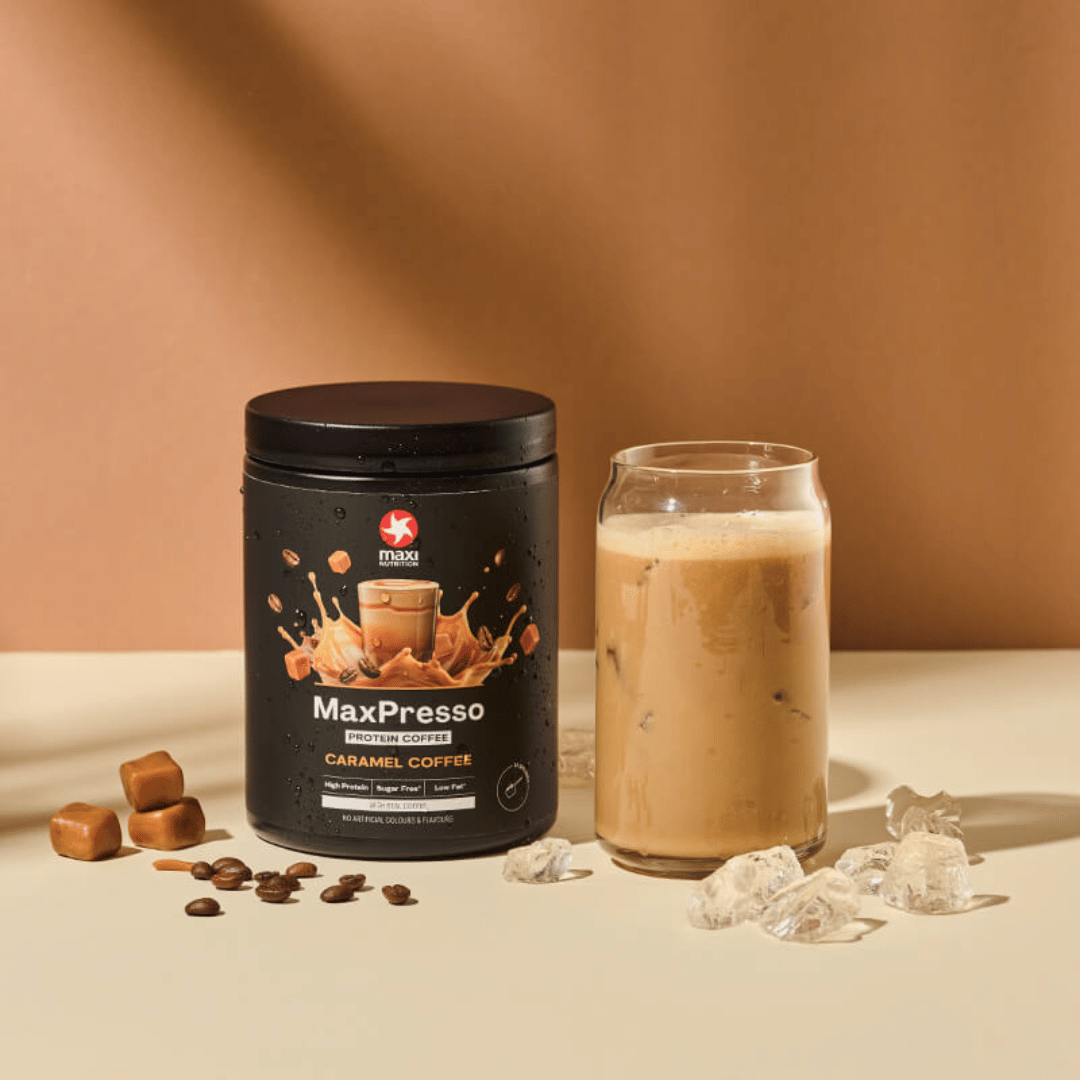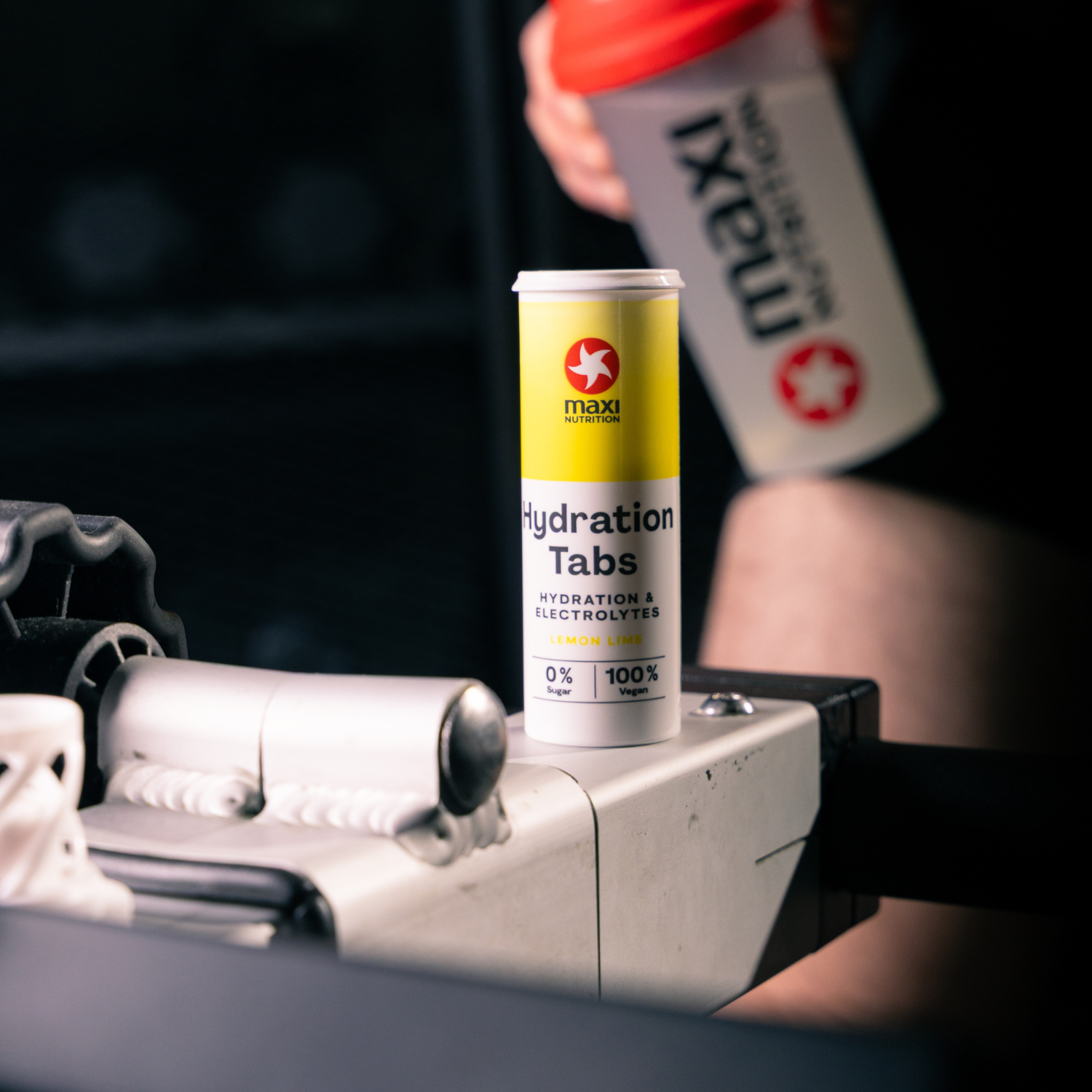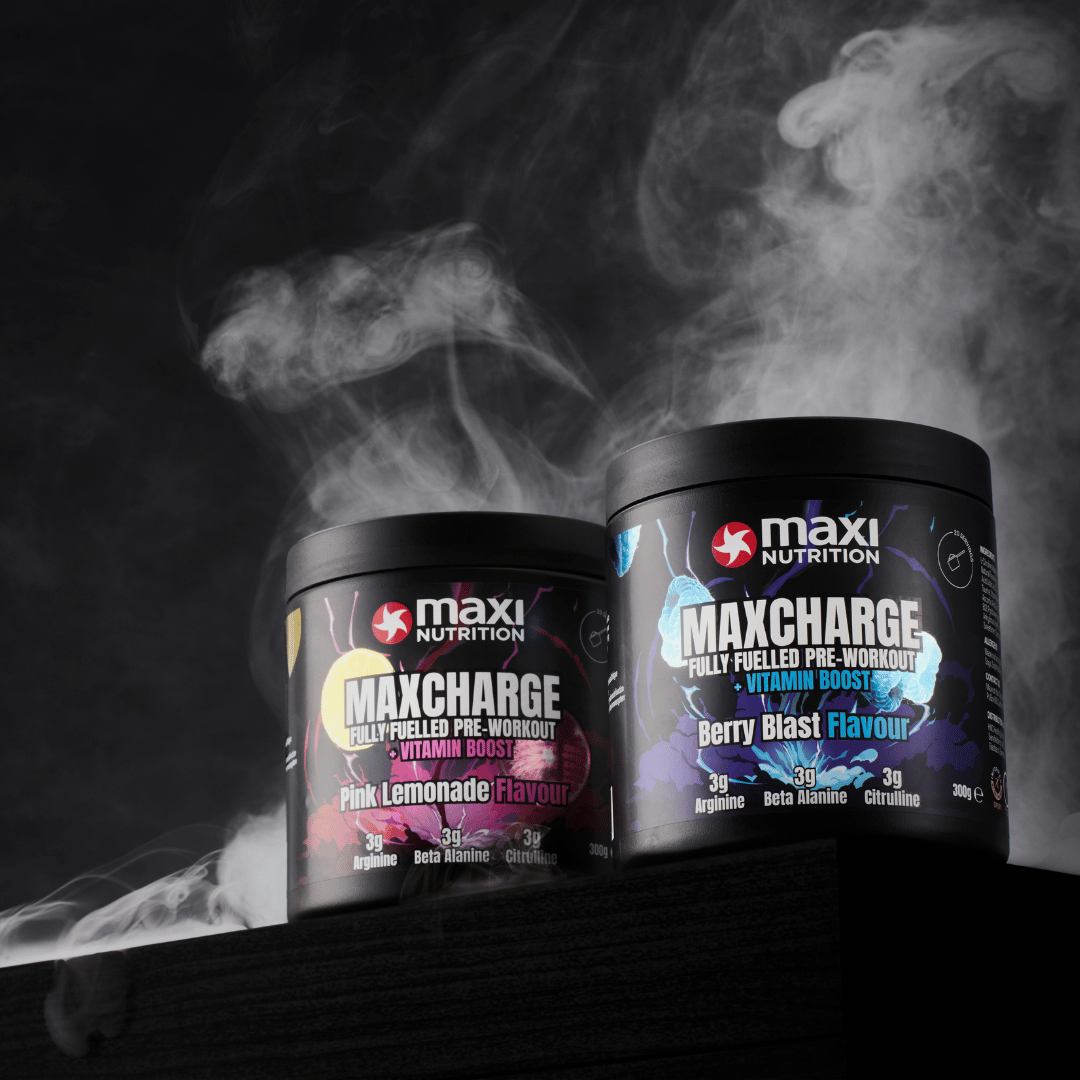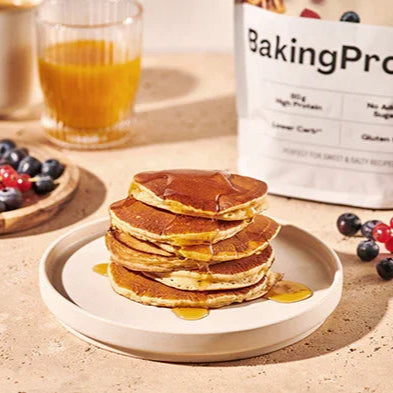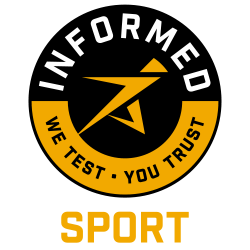The following exercises are currently my main exercises of choice for athletes where I am working on developing straight line and multi-directional speed.
The technical aspects of speed development are also important of course and should be trained concurrently with the exercises I am recommending.
Deadlift
This exercise is the best for all round strength development in my book. In terms of muscularrecruitment I challenge you to find a more stimulating exercise! In terms of specificity to sprinting, it is aposterior chain focussed exercise, perfect for the maximum speed phase of the sprint. For versatility it iseasily adapted for different training goals. From loading up triples, doubles and singles, to working withspeed and power loads, with the deadlift you can do it!Split Squats
Clearly sprinting is a single leg activity and the demands placed on the body during unilateralactivities are completely different from bilateral movements, therefore we need to train for this in the gym.Split Squats are a good choice for this as they are easily overloaded and a number of different stance widthscan be used to emphasise different muscle groups. Shorter stances emphasise the quads and are thereforea good choice for the acceleration phase of the sprint whilst wider stances require greater contributions fromthe glutes and hamstrings.Hip Flexion Work
Although it is known that elite sprinters have substantially larger psoas muscles it is stillsurprising just how little resisted hip flexion work you see going on in the gym. Usain Bolt’s psoas major issaid to be double the cross sectional area of the general population. If this doesn’t tell you to go out and startdoing some work on your hip flexors I don’t know what will! I like to use the cable machines for hip flexionwork and begin this supine and work to a standing position over time. The supine position allows for greaterloads to be used whilst the standing position ensures that the core is engaged fully in a unilateral stance. Forthe supine hip flexion work I like it to be done with the athlete placing their hands in the small of their back soas to feel the range of motion. Once the back is pushing into your hands that is your end of range. Don’tforget to raise your knee above 90 degrees if possible as this places the stress on the psoas more so thanthe other hip flexors.Bounding and Variations
Up to now the exercises have been focussed on loading in a vertical plane butsprinting requires forces to be transmitted in a horizontal plane and I think bounding is an excellent choice fordeveloping this type of force production capability. There are other options such as broad jumps, single leghops and many others, but for the purposes of this article bounding is my choice. I like bounding as it can beused with all levels of athlete as well as all types of sprinting based sports and is still highly applicable. In theearly phases the exercises should be done with a hold on one leg emphasising quiet landings between eachrepetition and progress to quicker, shorter contacts emphasising horizontal propulsion through the ball of thefoot. A good cue is to think of the floor being a hot plate which you will burn your feet on if you spend toolong!This should help to reduce the contact times. I also like to change from bounding to sprinting within thesame drill as a progression with a focus on the first 4 steps after the change. The coach can pre set thechange to sprinting (eg after 3 bounds off each leg) or randomly change on a command. Both have theirplace.Split Cleans
I like exercises that tick numerous boxes and this is certainly one of those! Sprinters need todevelop large mounts of explosive strength. Olympic lifting is a good tool but instead of the standardexercises why not use a variation that develops explosive strength whilst also placing stress through thesystem in a very specific position and developing unilateral eccentric strength at the same time through thecatch phase of the lift. You will have to drop weight from your standard power cleans however this will enableyou to develop more speed and power which is a good thing for your sprinting. All in all a very good andchallenging exercise. Make sure you can actually perform basic power cleans before you progress to this liftthough.So there you go. There are so many exercises you could put into this list. As I say these are my go to exercises, you may have your own variations which you could add.
Brendan Chaplin MSc CSCS ASCC is a performance specialist and strength and conditioning coach. Currently he is the founder and managing director of Strength & Conditioning Education where he provides coaches with the tools and resources to develop themselves to their best and raise industry standard.Follow him on twitter @BrendanChaplin and checkout his website.


